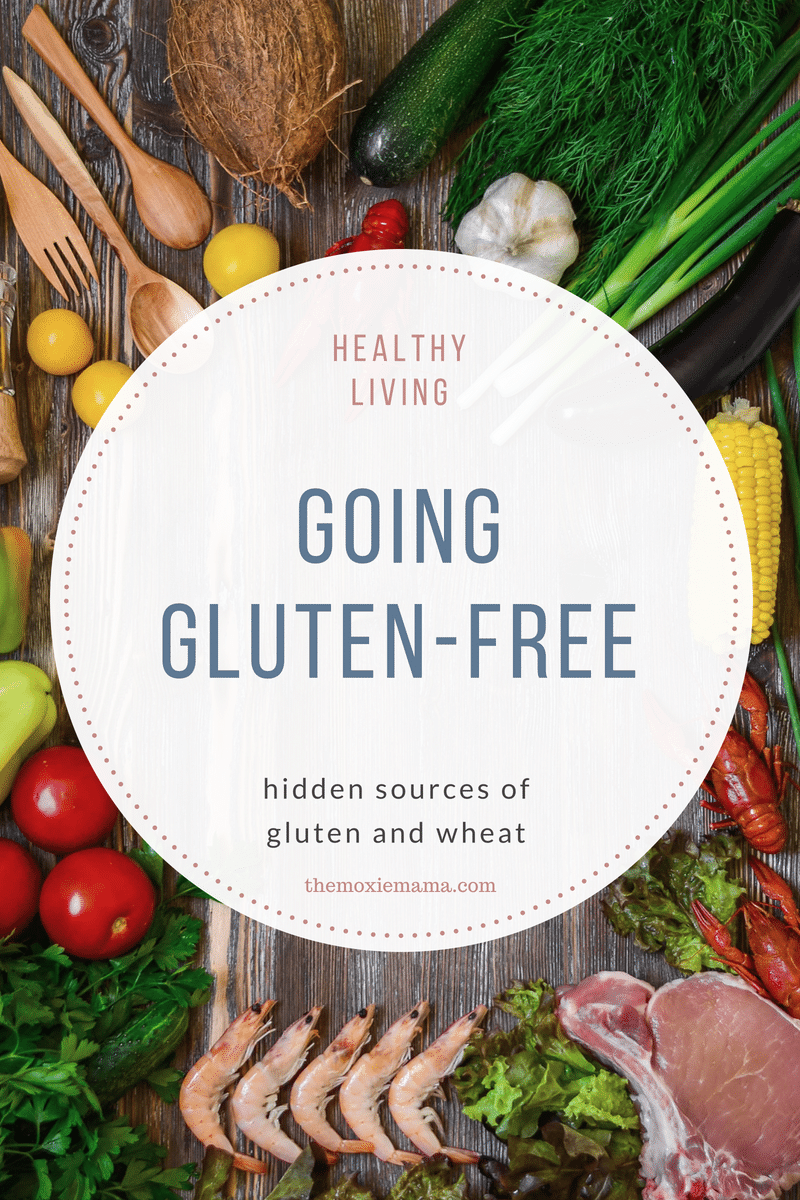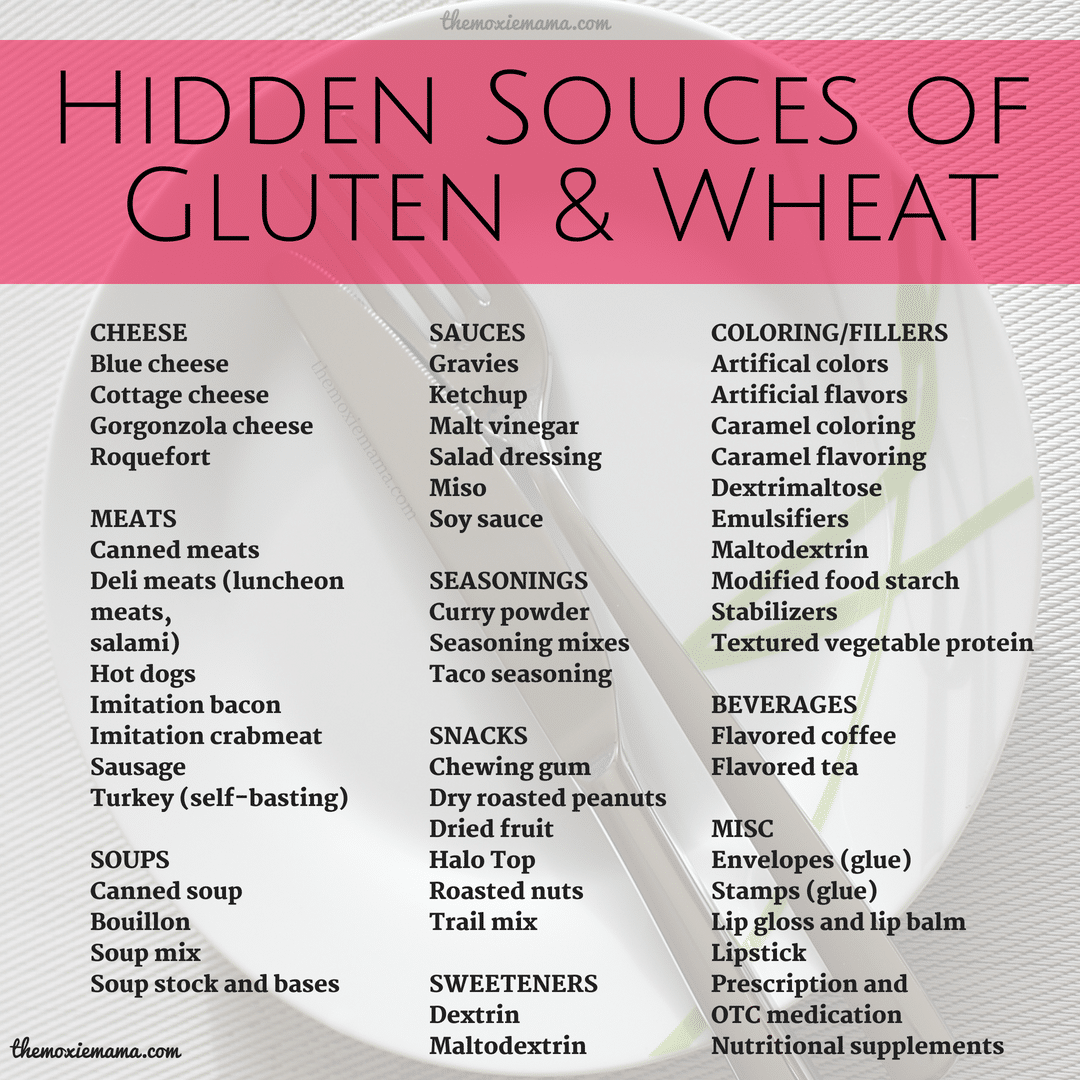Going gluten-free seems to many, to be a popular trend in the diet community. But for those with a gluten sensitivity, eating a gluten-free diet is anything but a trend, it is an important way of life. What does it mean to be “gluten-free,” you ask? Keep reading to find out.
What is Gluten?
Gluten is a protein compound found in wheat and other grains like spelt, Kamut, triticale, barley, and rye. Gluten can also be found in other foods that may be processed from grains, or in the same facilities as grains.
The word “gluten” comes from the Latin word for “glue.” Gluten is what gives dough its elasticity and helps it to rise and maintain its shape as well as giving the final product a chewy texture. It can also be used as a thickener and is often found in soups, broths, gravies, salad dressings, and even mayonnaise.
Gluten may even be added to unlikely places too. It has appeared in many yogurts to make it smoother, creamier, and “more palatable.” Gluten is also used as protein supplements and meat substitutes (such as seitan) for vegetarians and vegans who, without animal sources, may not get enough protein in their diet.
What is Gluten Intolerance?
Some people cannot tolerate gluten. The term “gluten intolerance” is used to describe three specific disorders: wheat allergy, non-celiac gluten sensitivity, and celiac disease. All three disorders are challenging to diagnose, and many people may be unsuspecting of this intolerance as the cause of some of their health issues.
Most gluten intolerance is caused by the body producing an uncharacteristic immune response to wheat or its proteins. A wheat allergy can cause symptoms like hives, difficulty breathing, and digestive tract issues. Non-celiac gluten sensitivity is often hard to diagnose as most people exhibit some but not all signs and symptoms of Celiac Disease. With celiac disease— an autoimmune disease triggered by gluten that causes small intestine inflammation and damage—people can suffer from bloating, weight loss, fatigue, headaches, and malnutrition.
Going “Gluten-Free”
Even if you have not been diagnosed with a gluten intolerance, there may be times in your life that you feel the need to lower or eliminate gluten from your diet. For example, when I follow a low carb diet, like keto or Whole 30, I will eliminate all gluten sources from my diet.
Eliminating all gluten sources from your diet may seem like an intimidating undertaking. If you have recently been diagnosed with a gluten intolerance or you want to lower or eliminate gluten from your diet, finding acceptable foods may seem challenging. After all, the majority of the Standard American Diet contains gluten in one form or another.
But all hope is not lost. There have been many advances in the gluten-free food arena. Many grocery and specialty stores now have a selection of gluten-free products, like breads, pastas, and crackers. Additionally, rice, coconut, and almond flours are great substitutes for wheat flour in recipes.
Foods to Avoid
With a gluten-free diet, all sources of wheat must be eliminated. Wheat can often go by other names such as bulgur, durum flour, farina, graham flour, Kamut, semolina, and spelt.
It is important to stay away from all packaged foods unless specifically labeled “Gluten-Free,” or made from corn, rice, soy or other gluten-free grain. The following foods are notorious for containing gluten. Avoid the following:
Beverages. Flavored coffee and tea, beer.
Cheese. Blue cheese, cottage cheese, gorgonzola cheese, Roquefort.
Coloring/fillers. Artificial colors, artificial flavors, caramel coloring, caramel flavoring, dextrimaltose, emulsifiers, maltodextrin, modified food starch, stabilizers, textured vegetable protein.
Meats. Canned meats, deli meats (luncheon meats, salami), hot dogs, imitation bacon, imitation crabmeat, sausage, turkey (self-basting).
Sauces. Gravies, ketchup, malt vinegar, salad dressing, miso, soy sauce.
Seasonings. Curry powder, seasoning mixes, taco seasoning, some garlic powders.
Snacks. Chewing gum, dry roasted peanuts, roasted nuts, trail mix.
Soups. Canned soup, bouillon, soup mix, soup stock and bases.
Sweeteners. Dextrin, maltodextrin.
Miscellaneous. Envelopes (glue), stamps (glue), lip gloss and lip balm, lipstick, prescription and over-the-counter medication, nutritional supplements.
Switching to a gluten-free diet is a big change, but with a little investigation, you may be pleasantly surprised to find how many gluten-free products are available.





